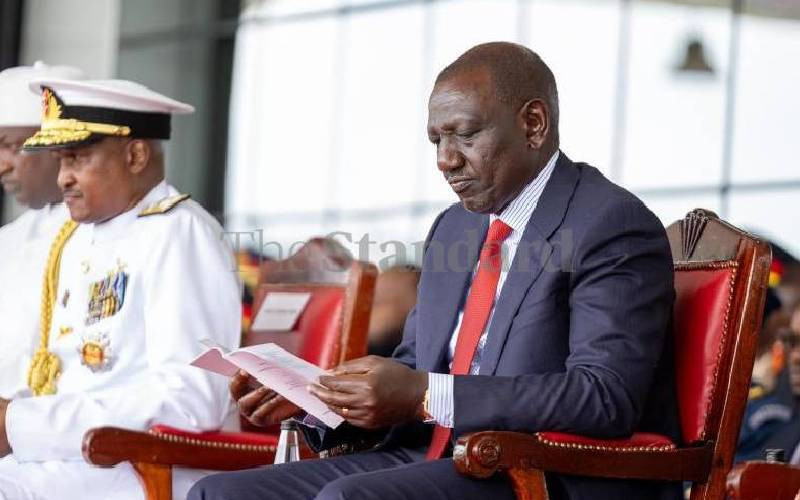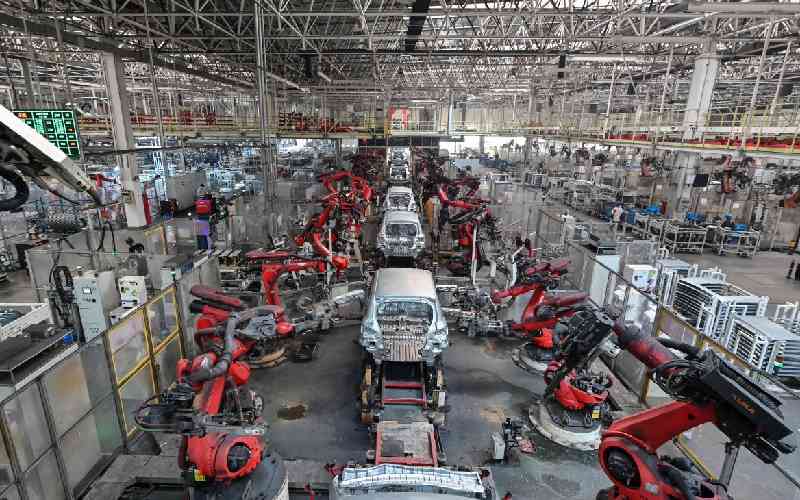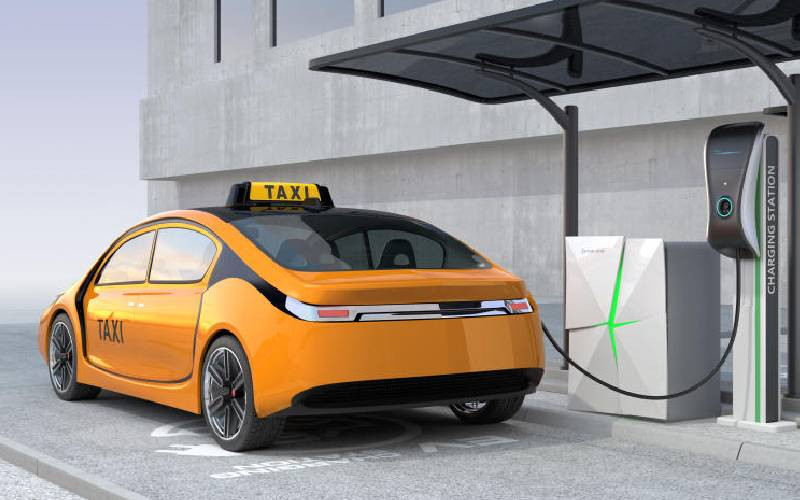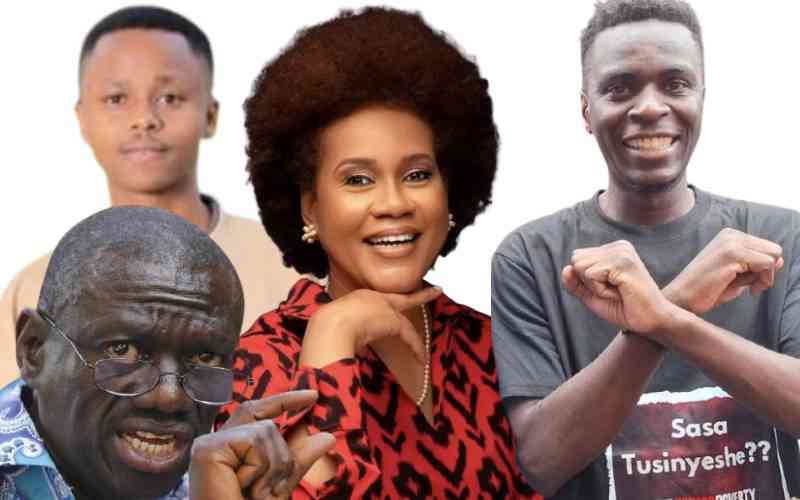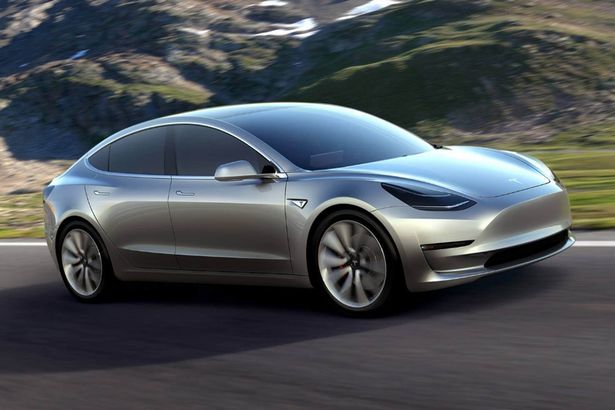
Tesla has single-handedly made electric cars cool - and got the rest of the auto industry to sit up and take notice.
But despite the va va voom of the Model S and the Model X, the real future of the company rests on being able to produce an electric car for the masses.
That's supposed to be the Model 3 - but so far the company has struggled to meet production requirements.
In fact, Tesla posted its worst ever quarterly loss in its latest round of financial results this week
Despite this, the company - run by billionaire space mogul Elon Musk - forecasts it will make money in the second half of the year.
The electric car giant posted a loss of 709.6 million dollars (£522m), compared to a 330 million dollar (£243m) loss at this time last year.
However, revenue was up to 3.4 billion dollars (£2.5bn) compared to 2.7 billion (£1.98bn) this time last year - a figure above what analysts predicted.
In a letter to shareholders, the company also said it expects to reach the key production target of 5,000 of its Model 3 vehicles a week to begin making money later this year.
Tesla said that Model 3 production already beginning to increase, with the company producing 2,000 Model 3 units a week for three consecutive weeks in April, reaching 2,270 in the last of those weeks.
Increasing production of the car is vital to the company's growth plans, but targets have previously been pushed back several times as the firm has struggled to overcome what it called production "bottlenecks".
In its latest results, Tesla said it has now "largely overcome" such issues and is predicting figures close to break even in the next quarter, followed by "highly positive" results in two quarters after that.
"Model 3 is already on the cusp of becoming the best-selling mid-sized premium sedan in the US, and our deliveries continue to increase," chief executive Elon Musk and chief financial officer Deepak Ahuja said in their letter to shareholders.
"Consumers have clearly shown that electric vehicles are simply more desirable when priced on par with their internal combustion engine competitors while offering better technology, performance and user experience."
The company says it's going to cut its capital spending this year to less than $3bn in an attempt to stem the flow of outgoing cash.
Stay informed. Subscribe to our newsletter
It's also going to deliver more of its expensive luxury models in the second half of the year to try and increase revenue even further.
The company will also want to avoid any more stories in the media of crashes involving Tesla vehicles.
In January, a Tesla thought to be driving at 65mph in autopilot mode (a shinier version of cruise control) smashed into a fire engine that was working on a motorway accident.
The vehicle crashed into the back of the emergency truck while it was pulled up on the side of a road.
The Tesla Autopilot is only there as an assistant to reduce the driver’s workload by taking over repetitive and mundane tasks like staying in the lane and supposedly avoiding other vehicles and occasional hazards.
The Tesla owner’s manual says the Traffic-Aware Cruise Control “cannot detect all objects and may not brake/decelerate for stationary vehicles, especially in situations when you are driving over 50 mph (80 km/h) and a vehicle you are following moves out of your driving path and a stationary vehicle or object is in front of you instead.”
 The Standard Group Plc is a
multi-media organization with investments in media platforms spanning newspaper
print operations, television, radio broadcasting, digital and online services. The
Standard Group is recognized as a leading multi-media house in Kenya with a key
influence in matters of national and international interest.
The Standard Group Plc is a
multi-media organization with investments in media platforms spanning newspaper
print operations, television, radio broadcasting, digital and online services. The
Standard Group is recognized as a leading multi-media house in Kenya with a key
influence in matters of national and international interest.
 The Standard Group Plc is a
multi-media organization with investments in media platforms spanning newspaper
print operations, television, radio broadcasting, digital and online services. The
Standard Group is recognized as a leading multi-media house in Kenya with a key
influence in matters of national and international interest.
The Standard Group Plc is a
multi-media organization with investments in media platforms spanning newspaper
print operations, television, radio broadcasting, digital and online services. The
Standard Group is recognized as a leading multi-media house in Kenya with a key
influence in matters of national and international interest.


